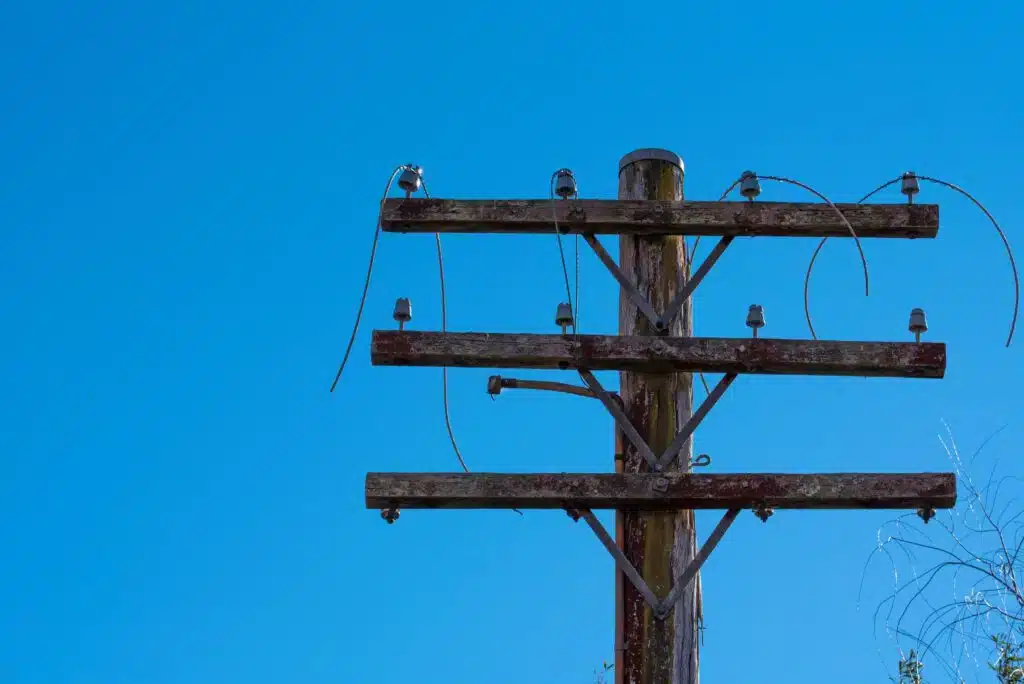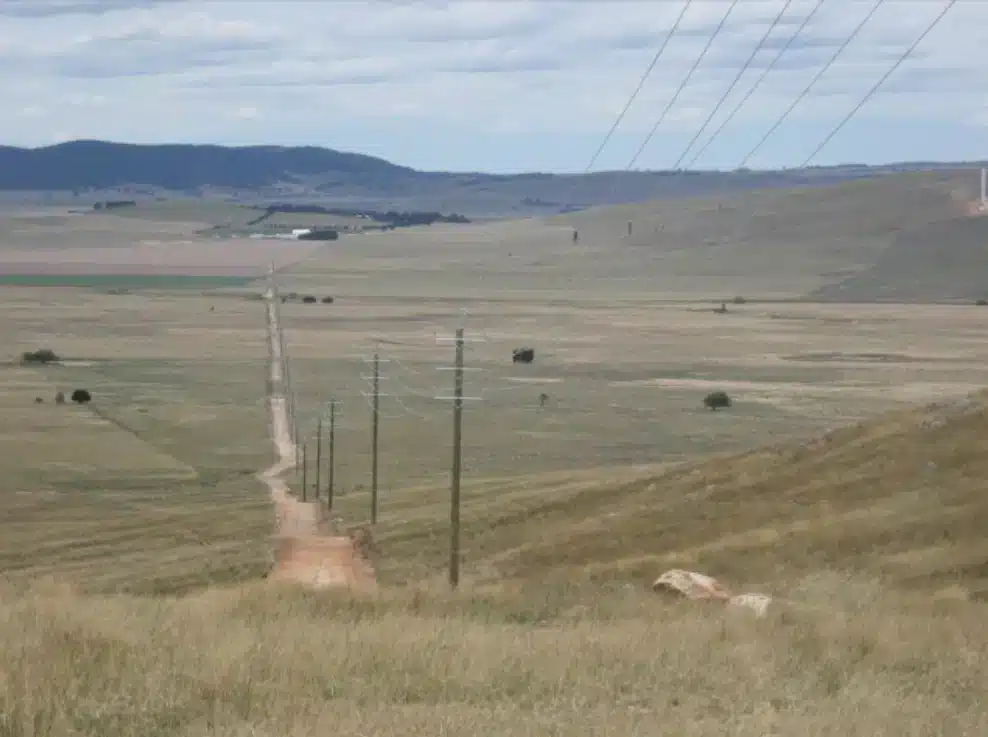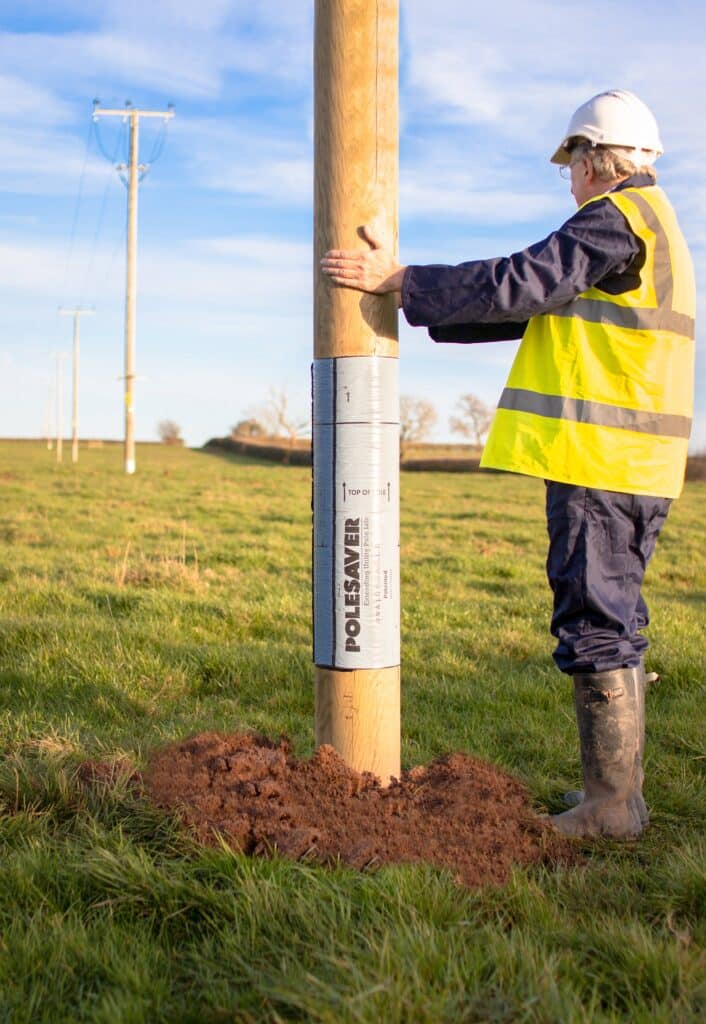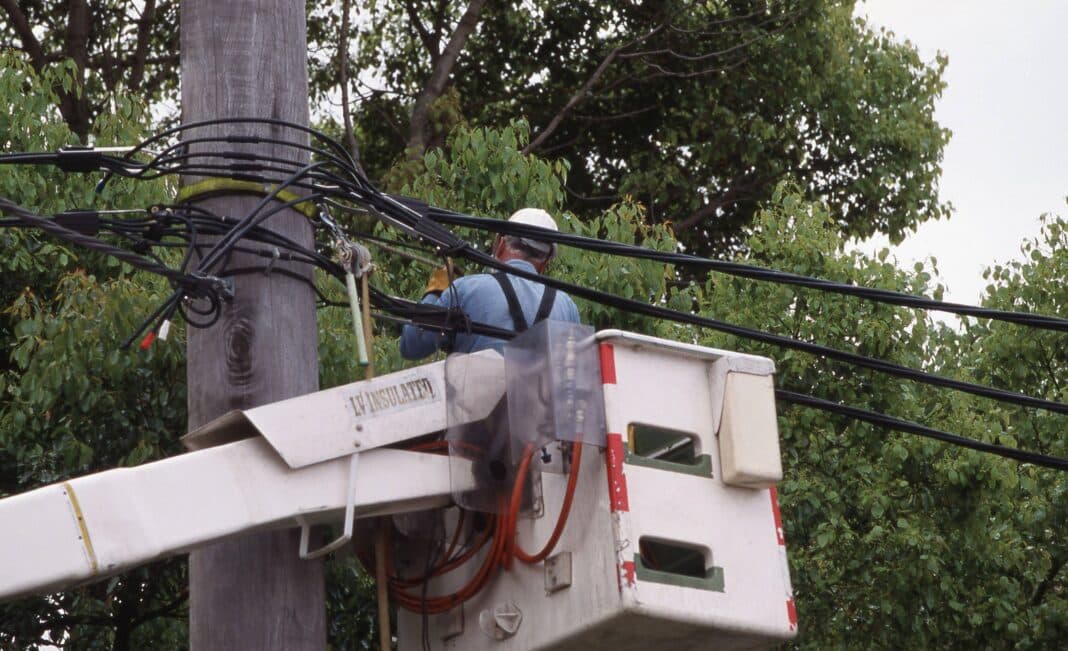NSW power bills will increase after Essential Energy – one of Australia’s largest energy distribution network providers – announced that it will replace all of its NSW hardwood power poles with fibreglass by 2029.
The decision will see at least 11,200 poles replaced every year (including 2,200 in bushfire-prone areas), with the provider transitioning its 1.33 million pole network—excluding street lights- over the next five years.
As per a submission to the Australian Energy Regulator (AER), the state-owned utility provider—which provides power to more than 890,000 dwellings across NSW—reported that it will switch the poles due to long-term uncertainty over hardwood supply in State Forests and to boost resilience in bushfire-prone areas.
As it stands, more than 80% of the state’s power poles are made from hardwood, with at least 50% of that supply coming from areas earmarked for the Great Koala Park National Park.

In March, Koppers, responsible for at least 60% of the state’s utility poles, exclusively revealed to Wood Central concerns that the government was sleepwalking into a catastrophe over the long-term supply and maintenance of the network.
According to Essential Energy, the direct result of this material switch will cost households $39.00 extra per year and businesses $89.00 per year – after Wood Central reported that a switch from hardwood to concrete or steel would cost the state government $25m in costs.
Wood Central understands that the decision to use fibreglass – made from a combination of structural fibres and thermoset resin—is a lightweight, cheaper, and more durable alternative to steel and concrete, designed to be fully fire retardant.
“As part of the regulatory submission process, Essential Energy engaged extensively with our customers and stakeholders to work collaboratively to ensure we deliver a network fit for the future, including discussions for network investment, including costs,” a spokesperson from Essential Energy told the Daily Telegraph overnight.
In addition, “Essential Energy also engaged with Forestry Corporation of NSW (the state-owned manager of the State Forests) and timber pole producers to understand the hardwood supply challenges of industry to meet requirements for end-of-life installations.”

While Essential Energy is transitioning from hardwood poles, private energy distributors, including Ausgrid and Endeavour Energy, will continue to use hardwood poles to keep bills down.
“Hardwood poles continue to be used in existing overhead areas with low bushfire risk as a cost-effective solution for our customers,” an Endeavour Energy spokesperson said, which services Western Sydney, the Blue Mountains, the Southern Highlands, Illawarra and the South Coast.
“Alternative options, such as concrete and steel poles, or timber wrapped with fire retardant mesh, are used to provide additional resilience in areas of high bushfire risk,” they said.
Why Australia’s Power Pole Crisis Risks Driving Up Energy Costs
In March, Wood Central spoke to an expert connected to Australia’s energy distribution network who warned that the long-term supply of hardwood power poles from NSW and Queensland would be threatened if native forest harvesting ceased in both jurisdictions.
“And that’s just new line establishment,” they said, adding that with the ongoing wild weather across the east coast of the country (which will only get worse thanks to climate change), “maintenance of existing infrastructure during storm activity is highly problematic.”
According to the Australian Energy Regulator’s 2021 report, “Electricity network charges make up 40- 50% of a residential customer energy bill in 2020-21.” The report also adds that “Distribution networks account for the majority of costs (73-78 %), with transmission network costs (up to 21%) and metering costs making up the balance.”
“If the supply of timber poles stopped, in line with the shutdown of the native hardwood industry, new poles would be needed, and the replacement would be steel, fibreglass, or concrete,” the expert said.

And these concrete poles come at a cost, with experts confirming that concrete-based poles “cost between 2-3 times more than timber,” whilst steel is at “3 to 5 times greater than the hardwood alternative.”
“And that does not consider the issue of carbon sequestration as timber poles are carbon affixing sustainable units,” the expert said, adding that carbon data can be found in reports prepared by the NSW Department of Primary Industries and the Commonwealth equivalent.
“The alternative utility steel, fibreglass, and concrete poles are not carbon affixing sustainable units like timber,” they said.
The Cost to Switch: A $25m Blackhole for NSW?
According to one NSW utility estimate, replacing hardwood poles with concrete, steel, or fibreglass poles could run close to $25 million every year. That’s because materials other than timber are not fully compatible with the existing setup and may involve additional insulators and installation costs.
“Due to their distance and availability, the importation of timber poles is a difficult and costly option,” according to another expert, who said that “it’s likely imported hardwood poles will come from deforested areas.”
Should Australia follow the EU in beefing up its Illegal Logging Legislation to match the European Union’s Deforestation Regulation, “importing timber poles could be impossible,” they said.

As it stands, “timber poles have a price advantage over alternate materials, as well as advantages in flexibility in use, natural insulation, compatibility with the existing infrastructure, carbon cycling, and sustainability over other materials like concrete, steel, and fibreglass.”
But all that could change if Australia’s hardwood supply of poles from NSW and Queensland ceases. Electricity distributors must maintain poles and safe and reliable electricity distribution to consumers. However, following through with this and maintaining the network is a real challenge with an aging pole population.
“The shortfall of pole supply will exacerbate the maintenance of the current system and impede the development of distribution networks to carry networks for new renewable installations to consumers.”
- Please Note: Wood Central is a neutral platform and will not take an editorial stance over Australia’s native harvesting (or logging) debate. However, in matters of public interest, it will post opinion articles and invite subject matter experts from all sides to provide contributors, who will be fact-checked before publication.






